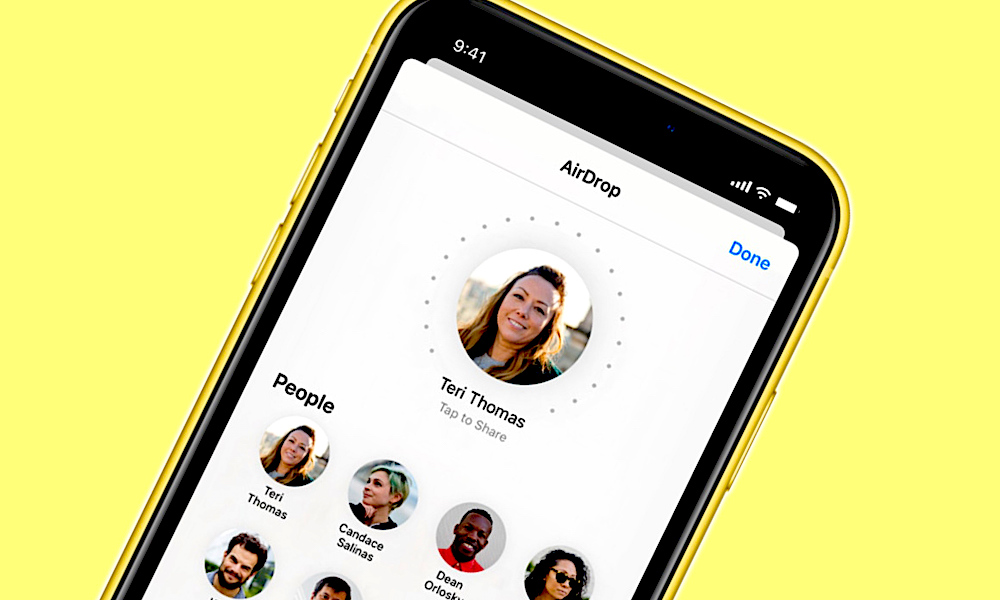Android Makers Scrambling to Catch up to Apple’s Ultra Wideband Tech
 Credit: Apple
Credit: Apple
Toggle Dark Mode
Apple’s latest iPhones are the first devices on the market to come equipped with Ultra Wideband (UWB) technology, which has the potential to spark a new wireless connectivity revolution.
This year, many Android makers are apparently looking to catch up. According to a new research note published by Barclays analysts, the first Android smartphones with UWB will start showing up this year. Here’s what that means for UWB technology — and for you.
Apple’s UWB Lead
As mentioned earlier, this year’s iPhone 11, iPhone 11 Pro and iPhone 11 Pro Max all sport an Apple-designed U1 chip that adds UWB technology to the company’s lineup. But the chip doesn’t really do much currently.
U1-equipped iPhones are able to precisely determine their location relative to other devices with the same chip. In iOS 13, that results in a new directional AirDrop feature that lets users prioritize what devices they share files with just by pointing at them.
Apple touts the directional AirDrop feature on its iPhone 11 Pro page, but notes that it’s “just the beginning” of UWB’s possibilities and hints that “amazing new capabilities” are soon to come.
Beyond that, UWB has been a fairly minor feature in the iPhone 11’s release cycle. But the fact that Android makers are now looking to add the same tech to their own devices suggests that big things are to come for UWB — both for Apple and the industry as a whole.
In the Barclays research note, analysts predict that some Android flagships will sport an all-in-one chip with NFC, Secure Element and Ultra Wideband produced by NXP Semiconductors.
While it isn’t clear which Android devices will have that chip, Samsung did join a consortium with NXP to develop UWB last year. As is typical in the Android ecosystem, other manufacturers will likely follow Samsung’s lead once the first Galaxy devices start hitting the market.
Potential Uses of UWB
But what could UWB do for you, besides making AirDrop a bit easier to use? There are, in fact, a plethora of potential uses for the technology. And some tech watchers have even marked the iPhone 11’s release as the start of a new UWB revolution.
Apple, for its part, is largely expected to debut some type of Tile-like tracking device that would use UWB for extremely accurate indoor positioning. That’s likely only one part of Apple’s UWB plans.
In a press release, NXP said that the tech could allow cars to automatically open when a UWB chip approaches them, or create whole-home audio systems where playback actually “follows” a user around the house.
Other uses could include “smart connected technology’ to be “intuitively … embedded in people’s lives,” suggesting that combining the tech with wearables may open up other potential opportunities for innovation.






